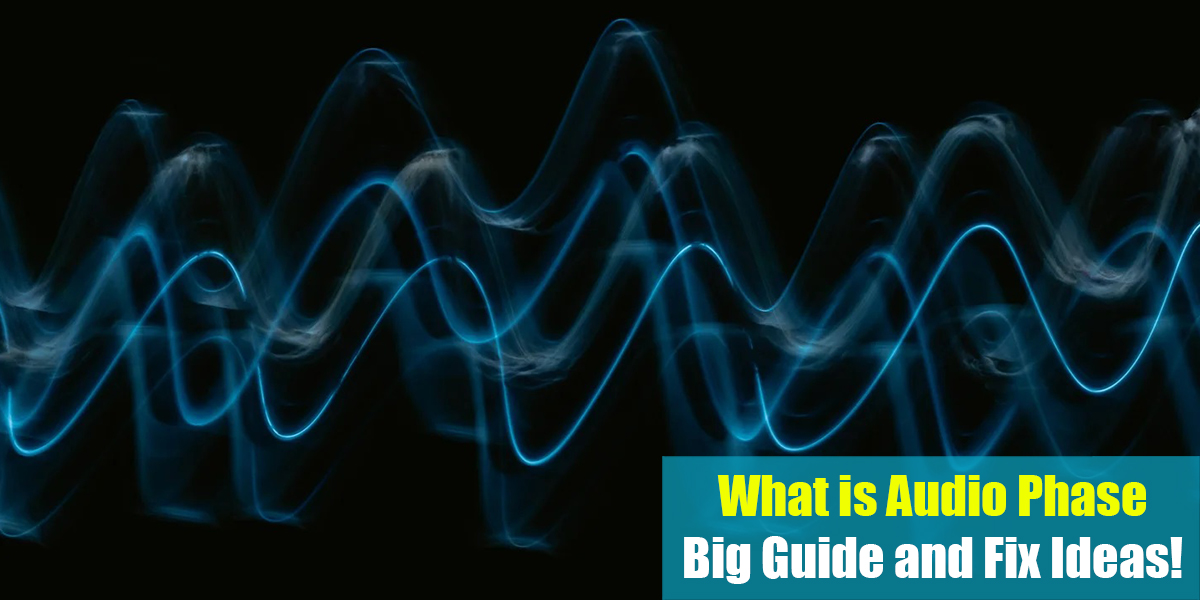Peak vs RMS vs LUFS
Introduction
It is essential to understand the differences between various loudness measurement units if you are involved in the audio industry. Every one of us wants our tracks to sound loud. Have you ever stopped to think about how loud your song is?
It is a simple question, but we would need more information before we can provide an answer. The reason? Due to the fact that “loudness” can be interpreted in various ways, depending on the context.
Having an understanding of audio levels is critical to being able to produce a song that meets the specific guidelines set by streaming services and distribution platforms that are essential to getting your music noticed in the context of modern audio recording, mixing, and mastering.
We are sure you have heard the terms peak, true peak, RMS, and LUFS before. As a result, it is imperative that we become familiar with the different measures of loudness and how to use that information in the mix. Let’s jump in.
What Are Peaks?
Using this measurement, it is possible to identify peak levels that cross the 0dB ceiling between samples. If the ceiling is exceeded, clipping will occur, resulting in digital distortion. A true peak meter will alert you to these peaks, which can reach up to 6 dB.
As it does not provide an indication of perceived loudness, it is not industry standard. This is the reason why many engineers do not use this measurement. It is useful to use true peak metering for monitoring transients and locating spikes in your mix. You will be safe if you use a True Peak limiter or limiting feature at the end of your mastering chain.
In the digital realm, peak levels are a measure of how our mix is. In contrast, true peak metering considers the D/A conversion process, so that the analog reconstruction of a signal may peak above what our DAW is indicating.
There are times when true peak readings can be well above a regular peak reading; this is a more accurate method of measuring audio since it shows us ultra-precise measurements of inter-sample peaks. As a general rule, the peak level is defined by the highest peaks within the signal, regardless of the amount of energy they represent.
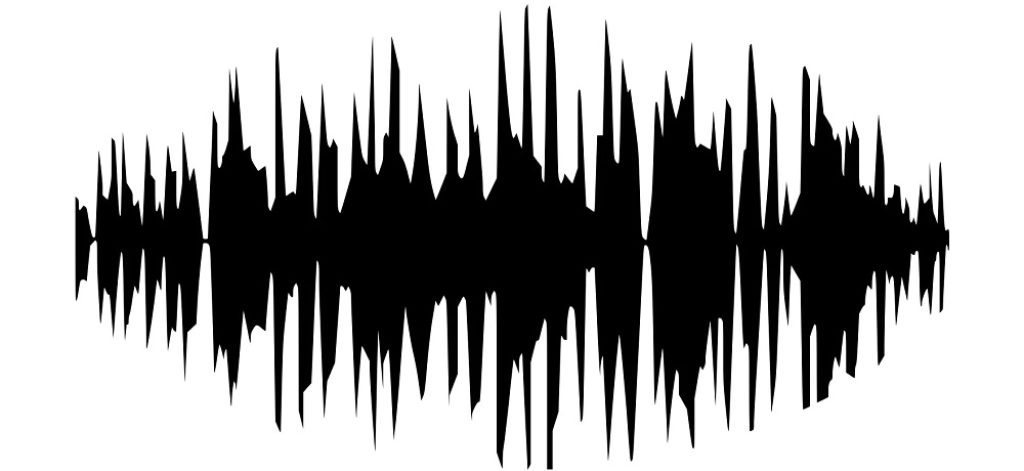
RMS (Root Mean Square)
The RMS value for music indicates the average loudness of the audio. RMS loudness is a measure of the audio signal taking into account the wave’s energy. A measurement of perceived loudness is more accurate than a measurement of peak levels. The RMS power in speakers is measured in watts, which is related to the average power.
Depending on the power rating and power output of different speakers, this parameter indicates the maximum electrical power the speakers can tolerate. Audio engineers usually monitor RMS in order to get a better understanding of the overall loudness of the song. It is important to note that a higher RMS measurement does not necessarily imply a better mix, or even that it is louder.
The RMS value indicates the average power output of the signal. In recent Billboard chart-toppers, RMS levels tend to reach approximately -8 decibels. However, those that did not make the Billboard charts tend to have lower RMS levels.
It is possible to increase the RMS levels of a song by lowering the audio dynamic range (or, in other words, lowering the average level of the Crest factor) and increasing the volume. A number of different plugins are available for monitoring a song’s loudness.
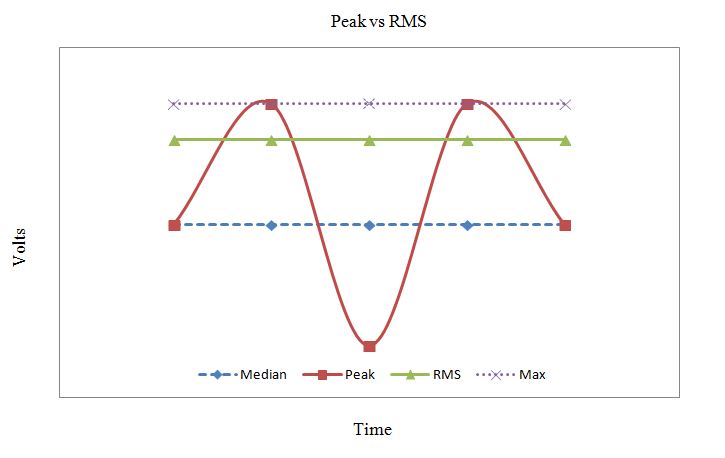
LUFS (Loudness Units referenced to Full Scale)
As a standard measurement of audio loudness, LUFS stands for Loudness Units relative to Full Scale or Loudness Units Full Scale (i.e., the maximum level a system can handle.) It takes into account both human perception and the intensity of electrical signals.
Simply put, LUFS are the most accurate and latest way to measure loudness in audio, helping to ensure consistent sound. It is best to think of LUFS as a kind of digital audio measuring tape that helps audio engineers match different audio to the needs of their listening environments.
Moises is one of the easiest methods of mastering your music with the ideal LUFS. As part of the web version of Moises, a specific mastering feature has been added that allows the user to change LUFS before mastering using an easy and effective interface. This is if you cannot afford it or don’t know how to do mastering yourself.
The presets are not only optimized for the different streaming platforms (Youtube, Soundcloud, Spotify, etc. ), but you also have the option to adjust the LUFS to your specifications. It will automatically be set to -14dBTP if you do not wish to change the level, which is the best level for the majority of streaming services.
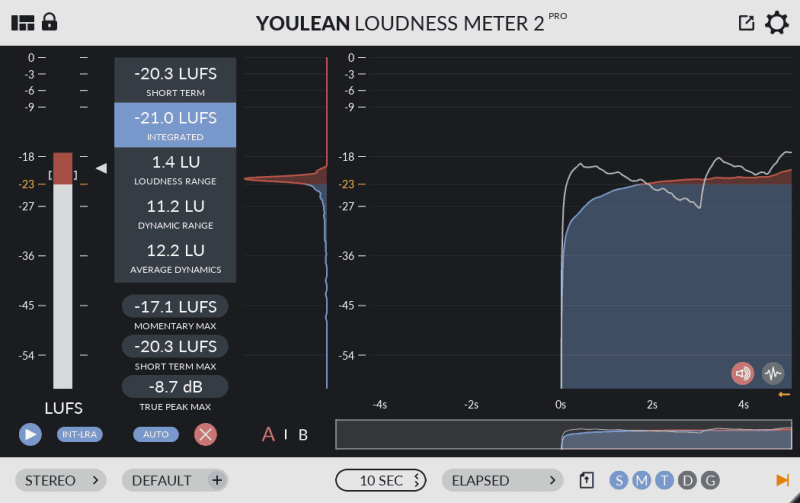
Understanding LUFS, RMS, and PEAK Values and Standard
When you are mixing, it is important to find the right amount of space for all the instruments and vocals. There will be no interference between one sound or frequency band and another. It is also important to pay attention to the individual tracks’ volume (power/loudness) when arranging them.
When mixing music, we are primarily concerned with the Db level of each track. As a rule of thumb, individual tracks should be mixed at approximately minus 15 dB RMS. By doing this, we ensure that we have at least 8 to 10 dB headroom when mastering since as we add tracks to the arrangement, the overall output level will likely increase as well.
It is very important to understand the values of LUFS, RMS, and PEAK. As long as the is broadcast-ready, it does not matter what type of music you produce. As a result, broadcasters wish to have their content broadcast at a constant volume.
As a result, we rely heavily on our ears to determine what volume is appropriate. Nevertheless, the best tracks are carefully mastered by using our eyes and tools along with our ears. Our arrangement will be determined to be broadcast-compliant by this tool.
Mastering and the Loudness Wars
You may have heard the phrase “loudness war” in the world of mixing and mastering. In the past, audio engineers around the world mastered songs to the maximum dB that they could before the shift to digital streaming platforms, which impose some regulations on music volume levels.
During the mastering process, the peaks and troughs of the audio waveform are normalized. The result is a sound that is constant and loud with little variation and has less dynamic range.
Another important point is that the loudness war, as songs became louder for longer periods of time, is likely to have damaged many people’s hearing. When a listener is listening to one song at a lower volume, suddenly another song comes on that is much louder without them having a chance to adjust the settings on their device.
As streaming platforms such as Spotify and Apple Music came along and began to act as a regulatory body, this problematic phase was thankfully brought to a close. The loudness wars are now a thing of the past as music has been mastered by Spotify and other streaming platforms to fit within their confines.
True Peak Metering
A meter such as this one measures the inter-sample peaks that can occur during the conversion of a digital signal to an analog signal. In spite of the fact that you may not see peaking in your left or right channels, inter-sample peaks can still exist during playback.
According to what we stated a moment ago, encoding alters the relationship between the amplitude of the signal and the digital information that can be used to represent it. There can be a deterioration in the accuracy of quantization when this occurs, which can exacerbate inter-sample peaking. Therefore, it is even more important to use a true peak meter.
On a true peak meter, your master’s loudest peak should not exceed -2dB. Additionally, loudness normalization will undoubtedly alter the loudness of your master – which means that peaks that would not have distorted during playback may now do so if they are dynamic enough. Due to the fact that normalization pushes the signal louder in this instance, up approximately 2dB, that peak will also be louder.
In mastering, this type of metering is very useful since it allows you to determine how the audio will be reproduced in the real world, which will help reduce distortion and clipping. Streaming services use this metering to determine how loud the final product should be.
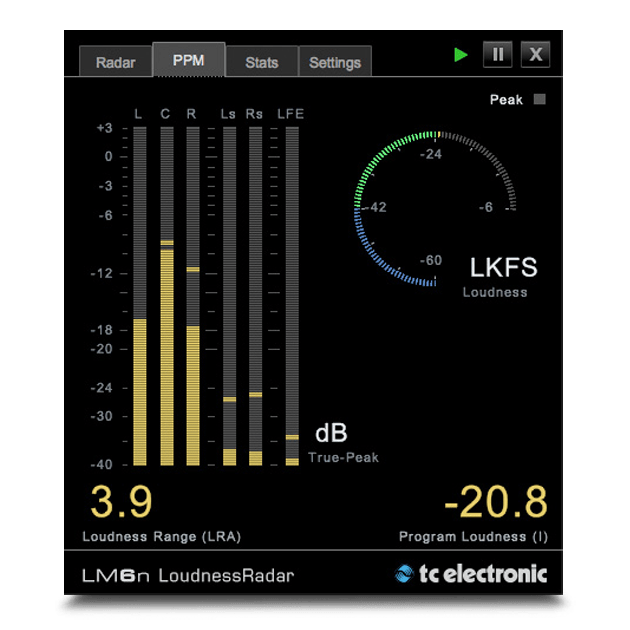
How many LUFS do you need for Mastering?
As a general rule, the best mastering level for streaming is an integrated -14 LUFS, as it is most compatible with the loudness normalization settings of the majority of streaming services.
Although other factors must be considered, such as the true peak value, -14 LUFS is the best mastering level when considering loudness. You do not have to worry about additional plugins to determine your loudness penalty, i.e. a plugin that shows you to what extent your music will be lowered.
The second benefit is that you can master your music to one loudness without worrying about truncating your dynamic range or distorting your master on different streaming services if you take the necessary precautions.
Lastly, you can begin to focus on other aspects of your master that are just as important, such as how peaking, encoding, and loudness normalization affect how your master appears when you stream it.
The answer to this question is crucial. Why was -14 LUFS chosen as the primary loudness for mastering music for streaming? To put it simply, it is the volume at which the most popular streaming service normalizes music. Having said that, it is very likely that someone is streaming music through Spotify.
Conclusion
We now know the differences between Peak, RMS, and LUFS, and we know exactly how loud to make our masters for export to the major streaming services. In order to make better mixing decisions, we will need to get a loudness metering plugin, begin measuring our loudness, and use that information to help us make better decisions.
If you are having any questions about the topic we covered here, please let us know in the comment section below and we will be more than happy to elaborate with you.

